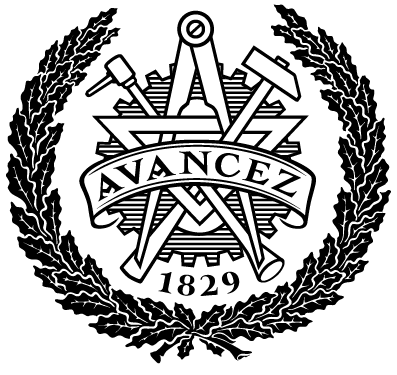Not in education employment or training: architecturally adressing social iIsolation
Ladda ner
Publicerad
Författare
Typ
Examensarbete för masterexamen
Master's Thesis
Master's Thesis
Modellbyggare
Tidskriftstitel
ISSN
Volymtitel
Utgivare
Sammanfattning
How can architects address the needs of inactive NEETs? “NEET” is a
sociological classification of young people aged 16-29 that are Not in Education,
Employment or Training and have been so for at least six months. In my thesis, I
focus specifically on the subgroup “inactive NEETs”: young people who for various
reasons, often connected to mental health issues, are not even applying for jobs or
education. Many of them still live at home with their parents.
Through phenomenological research I try to understand and represent the lived experience
of this group of individuals. Through this research I encounter themes of social anxiety,
apathy towards society, fear of exploitative work and experience of childhood bullying to
name a few examples. There is also a high prevalence of neurodevelopmental disorders
such as Autism and ADHD among inactive NEETs.
After concluding my research I start a process of thematic analysis and synthesis around
central themes of purpose and “being of need to others”. A case study is conducted of
an organisation in Umeå that works exclusively with treating inactive NEETs. I encounter
clues that pique an interest in Animal-Assisted Interventions: the use of animals to improve
mental and physical health seems like a novel approach for architectural experimentation.
The themes are synthesized with programs and a speculative architectural proposal is
developed: a combined cat shelter, cat-café, internet café and co-living space run as a
social enterprise.
Beskrivning
Ämne/nyckelord
NEET, Inactive NEET, UVAS, Hikikomori, Animal-Assisted Interventions, Social Sustainability
